
This week on the podcast, I had the absolute pleasure of sitting down (in person) with Broadway dancer extraordinaire (Mean Girls and Finding Neverland on Broadway; Mean Girls First National Tour; Hamilton (“and Peggy”) National Tour), Ixchel Cuellar. I have wanted to interview Ixchel since I worked with her back in January (on the Anne of Green Gables workshop). I couldn’t take my eyes off her when she was onstage — she definitely has “it,” whatever that means — and she was a light, both onstage and off. In fact, that’s one of the last questions I asked Ixchel on the podcast: “I realized I forgot one question I want to ask you,” I told her, “It refers to what I mentioned when I was introducing you, which is that I really do think that you have ‘it,’ whatever ‘it’ is; stage presence is…how I would describe it. First of all, are you aware of that? And second of all, is that something you…work to cultivate or is that just something that’s, like, innate to you?”
Of course Ixchel giggled and was a bit embarrassed by the question. What person is going to reply by saying, “Yes of course I know I have ‘it,’ and I’ve always known!” especially an artist as humble and down-to-earth as Ixchel? She spoke, however, about how whenever she teaches she makes sure to tell her students that the eyes are the windows to the soul, and therefore the most important asset possible to a performer. And it’s true — that’s kind of what I meant above when I described her as a “light.” When you watch Ixchel perform, you feel as if light is emanating from her face, and, more specifically, her eyes. It’s what makes her so magnetic, and it’s something with which I have always been fascinated when it comes to musical theatre performers specifically.
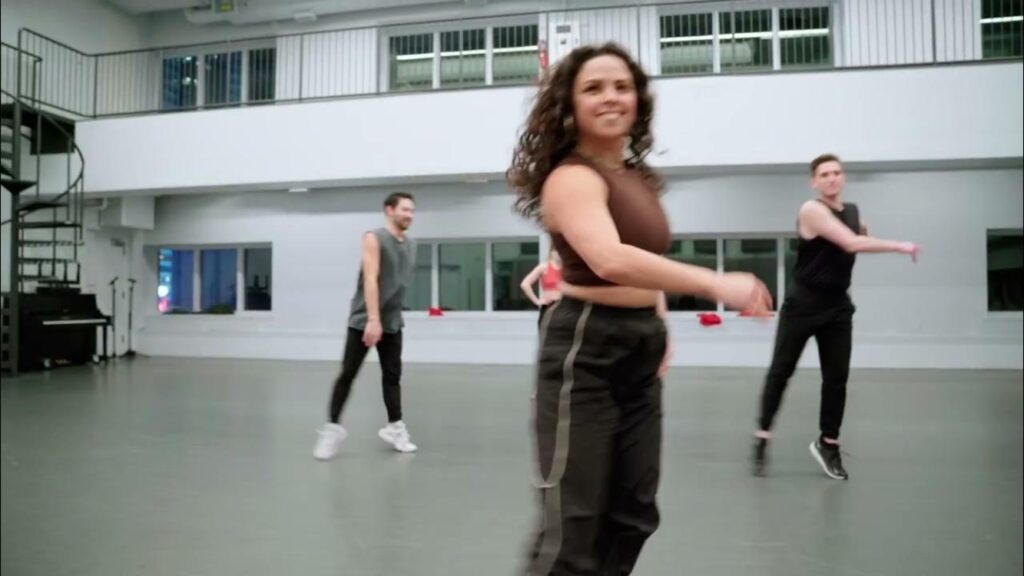
First, I love this quality because it’s egalitarian: you could be the “titular” role of the show — you could be Auntie Mame in Mame or Annie in Annie and have that special, light-emanating, stage presence quality. Equally likely, though: you could be in the ensemble — you could be in the very back row of every dance number, and I, or any other audience member who is like me, will find you and watch you for the entirety of the show. I do this often — especially with big, old-fashioned musicals: find one dancer in the ensemble whom I find to be particularly captivating and watch them the entire time. I love that because it’s a reminder that musical theatre isn’t just “acting” (though this perspective might get me in trouble with the “serious actors”). It’s PERFORMANCE, which is similar, but also different in some key ways.
I’ve written about this three-dimensional nature of musical theatre performance before. It’s one of my favorite things about the genre: the awareness not only of the other performers with whom you interact but of the audience watching you, and you, in turn, watching the audience right back, this “multi-awareness,” or “doubleness.” Other writers and scholars have related it to Freud’s the “uncanny” and Lacan’s “theatre of the Real,” the break between “Imaginary phantasy” and “Symbolic convention,” as described by Gina Masucci MacKenzie in her book on Yeats, Beckett, and Sondheim. Less philosophically, this aspect of performance, and the way it exists in the penumbra between “real” life and “fantasy” life, is why, when I’ve had discussions with some of my serious actor friends about who the “best” musical theatre performer of our time is, I always return to Sutton Foster. She might not be “technically” the best actor working, but she undeniably has “it.” You want, nay, NEED to watch her. She could make just standing onstage — no lines, no movement, no backstory — interesting and captivating, for that very same quality that Ixchel has: call it stage presence, call it “light,” call it “theatre of the Real,” but whatever you call it, you know it when you see it.
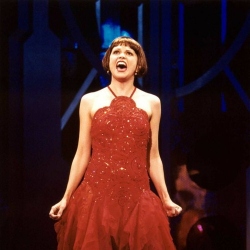
I also really wanted to interview Ixchel because she isn’t necessarily your typical Broadway dancer, stylistically. She is, of course, classically trained and an extremely technically capable dancer, who goes to at least 1-2 dance classes per week here in New York, but her style, if it’s possible for a dancer and not a choreographer to have a personal style (which is a whole other kettle of fish), errs on the side of the contemporary, or modern. She’s not necessarily what you think of when you think of a “Broadway dancer” 5-6-7-8ing into some high kicks (even though she will be doing A Chorus Line come summertime). Ixchel laughs again when I bring this up on the podcast. “I think because the high school that I went to, we trained at Alonzo King LINES Ballet,” Ixchel explained. “So that’s a very contemporary ballet company…I feel like I just watched a lot of contemporary dancers, so I mimicked that style. So it really just has to do with who I was around and watching.” But a lot of it, Ixhcel also explained, has to do with the multitude of “styles” of dance being represented on Broadway right now, and for the last few years.
First of all, as I explain to Ixchel on the podcast, when I first saw Mean Girls on Broadway — which is one of Ixchel’s biggest credits, both in the Broadway company and on the first national tour — I was surprised, given that it was Casey Nicholaw, by how “contemporary,” or even one might say “hip hop,” the dancing was. Clearly, Casey and the creative team had meant to capture the spirit of contemporary youth and contemporary high schools (as well as Tik Tok dances) with that choice, but it was still fresh, pleasantly surprising, and fun to me, especially given that I had previously thought of Casey as a very “Broadway” (in the most traditional sense of the word) choreographer. Since then, he has of course returned to what we think of as a classic “Broadway” style — which is very likely a combination of the work of Bob Fosse, Michael Bennett, and Jerome Robbins — for shows like Some Like It Hot, but, for me at least, the Mean Girls moment was a harbinger of things to come, industry-wide.
Unquestionably, Broadway has always hosted a myriad of dance styles: from Agnes de Mille’s work, which moved closer to ballet, to Twyla Tharp, who was one of the first to usher modern, or “contemporary,” dance onto Broadway stages with her memorable work on Movin’ Out at the turn of the last century. As I discuss with Ixchel on the podcast, Broadway has today exploded with different styles of dance — primarily led by choreographers who gravitate to all kinds of styles and originate from different dance backgrounds. In this season alone, you have some of your classics, but you also have the Alicia Keys musical Hell’s Kitchen, choreographed by Camille A. Brown, whose work has been described as “blending theatricality and the aesthetics of Modern, Hip hop, African, Ballet, and Tap to tell stories that connect history with contemporary culture,” and has won numerous awards and been commissioned by contemporary and hip-hop dance companies all over the world; The Outsiders, choreographed by Rick and Jeff Kuperman, a team known for their highly athletic dance style, influenced by their background in martial arts; and Water for Elephants, choreographed by Shana Carroll and Jesse Robb due to their “combined twenty years” in the circus. Concurrently running you also have the work of Sonya Tayeh, represented by Moulin Rouge, whose style has been described as “combat jazz” and comes from the So You Think You Can Dance world, and Lorin Latarro, who is currently represented on Broadway by the revival of The Who’s Tommy and The Heart of Rock and Roll.
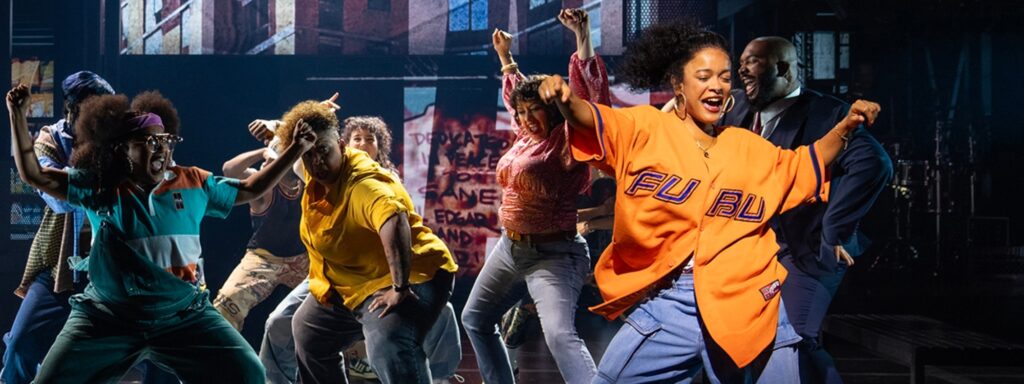
Beyond that, we’ve seen the rise of so-called “dance shows,” which use almost exclusively dance to tell a story (how is that different from ballet, you might ask? I think it’s just a question of style). I remember seeing Beyond Babel in 2020, right before the start of the pandemic, and thinking that I had never seen anything like it before (and of course, this was “downtown,” and OFF-Broadway). I’ve had several dancers from Only Gold, Andy Blankenbuehler’s 2022 “dance show,” on the podcast, including Gaby Diaz, a winner of So You Think You Can Dance, whose fusion of commercial, concert, hip-hop, and tap dance would have been, in my opinion, somewhat unheard of on Broadway even twenty years ago. Today, Illinoise, Justin Peck’s stunning “dance revue” musical, set to the music and lyrics of Sufjan Stevens, is enjoying a fantastic Broadway run at the St. James and has been nominated for several Tony awards (and features the same “Swiss Army Knife” of a dancer, and friend of the pod, Gaby Diaz). In my view, it’s undeniable that dance on Broadway, and its many different styles, is having a moment.
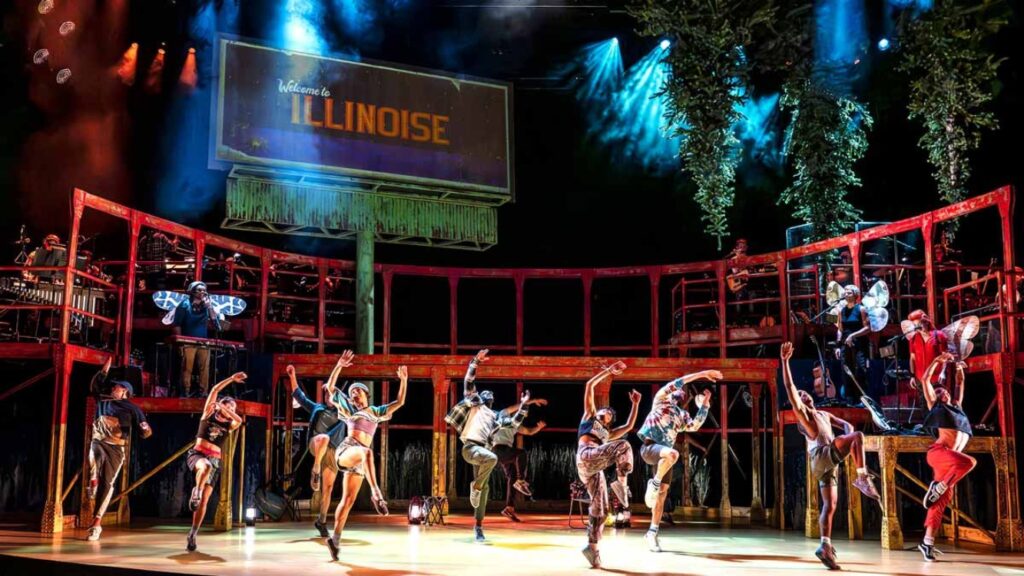
As a non-dancer — and certainly not a choreographer — myself, this phenomenon is only exciting to me. How cool that we get to expand the tools in our toolbox, as it were, that we use to tell a story! And how cool that, perhaps by exploring other styles of dance — beyond the same “turn turn kick turn” combos that I, and many of my peers, so adore (did you catch the Producers reference?) — we might be able to bring even more people, from other parts of New York City and the world, into the fold that is musical theatre. And as we continue to stare down the barrel of some really difficult post-pandemic economic times, and theater and after theater keeps asking “why is no one coming? why do we have a deficit?”, welcoming some hip-hop, contemporary, concert, pop-and-lock, commercial, and circus dancers can only be to the industry’s benefit. There’s always room on the chorus line, I say — a 5, 6, 7, 8!
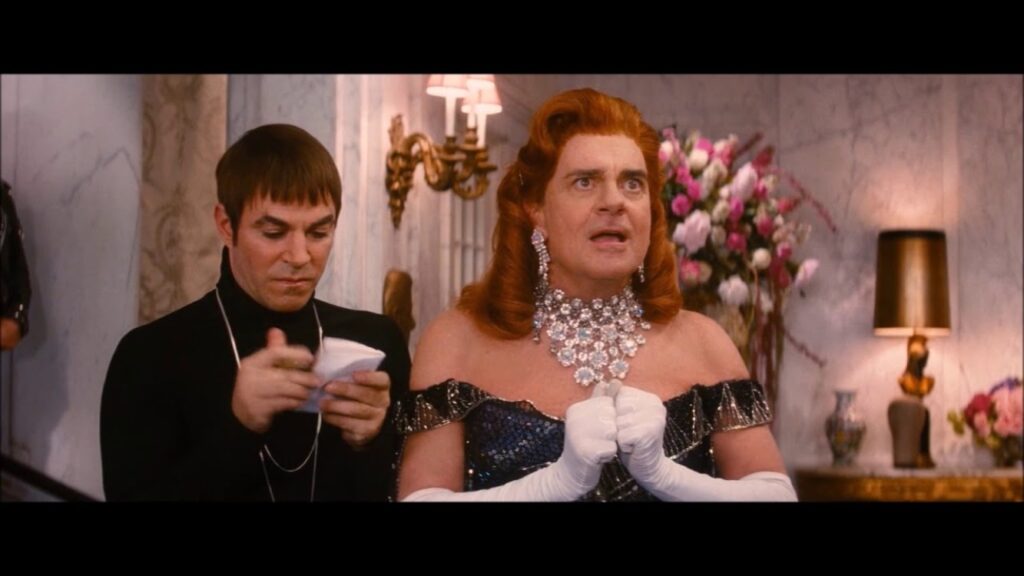
Listen to my whole episode with Broadway dancer Ixchel Cuellar, where we also discuss swinging and dance captaining, touring, taking the 1 am bus from Pennsylvania to book your Broadway debut, having “badass” moms, and the release of The Tortured Poets Department (in brief). If you like what you hear, or read, please give us a competitive rating on Apple podcasts, or leave us a comment. I love to hear from you!


Leave a Reply